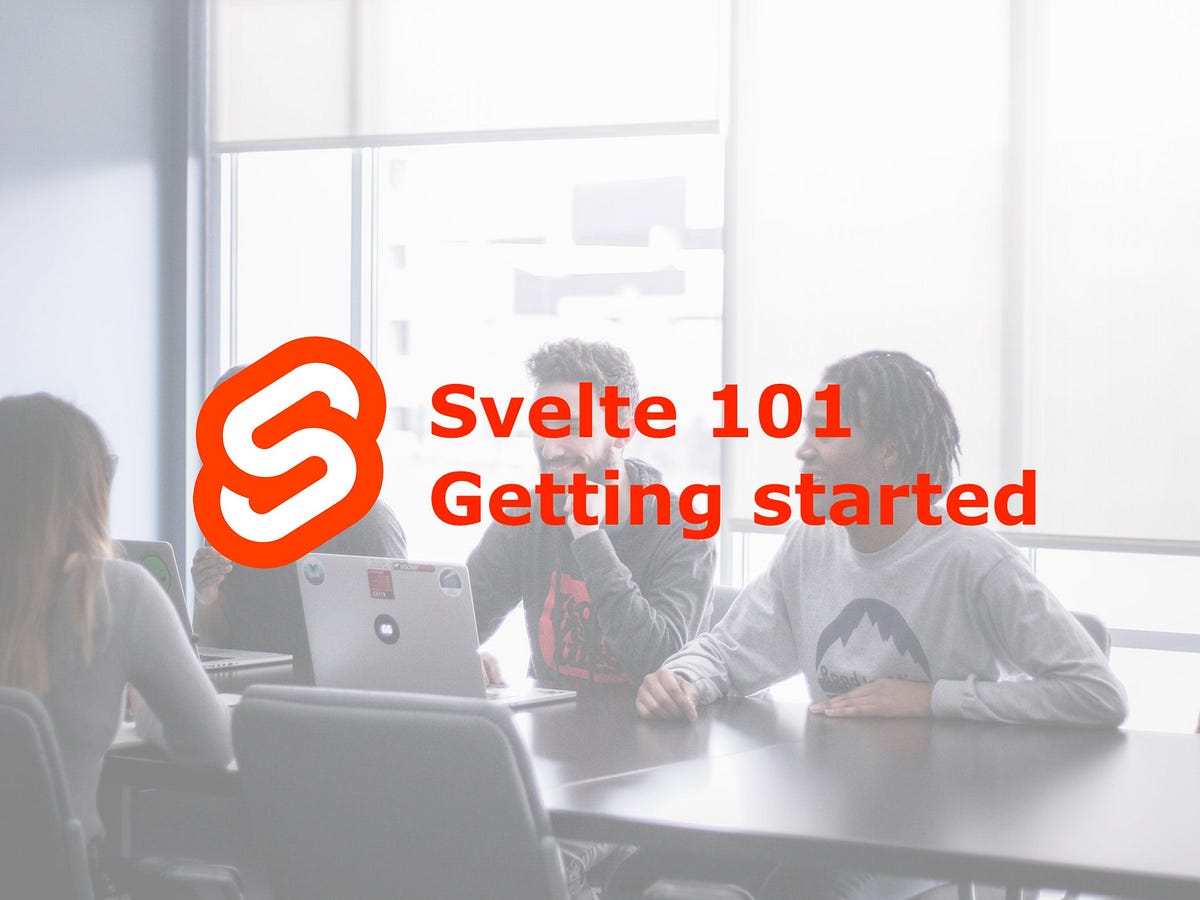TL;DR — unlike established component-based frameworks such as React, Angular, or Vue, with Svelte you can take building user interfaces to the next level. Many devs are interested in learning about building with Svelte and we’d love to help you kick start! Here is a hand-picked list of some valuable resources to assist you to get started with Svelte.
Why Svelte?
There’s a good reason why Svelte is gaining popularity among frontend developers lately. I made a brief of the major advantages that are agreed by many developers who tried building with Svelte and lived to tell their story.
What’s the benefit?
- Instead of doing most of the work in the browser, Svelte does its work when you build the app and it compiles it to efficient vanilla JavaScript.
- Reduces the overhead of the JavaScript framework you’re using. By compiling Svelte to vanilla JavaScript improves the code readability, enables re-use and it produces a much faster web app.
- Svelte does not require declarative, state-driven code, which the browser has to convert into DOM operations. That means you don’t need to use virtual DOM anymore.
What’s the downside?
- IDE support is not yet comparable to the commonly-used frameworks. It still has a lot of room for improvement. Although there are some good resources online to solve some of the issues, it can be considered as a major disadvantage as of today.
- Not many Svelte dev tools exist at the moment. It is still a young and growing ecosystem. Keep that in mind. However, that’s a great opportunity to develop some for the Svelte community.
- Small open-source ecosystem. Like many other frameworks, it takes time to build a large community around a specific framework. Although Svelte has gone a pretty decent way already, there are still not enough open-source contributors. Same here, you can look at it as an opportunity as well.
#svelte #web-development #developer

2.30 GEEK